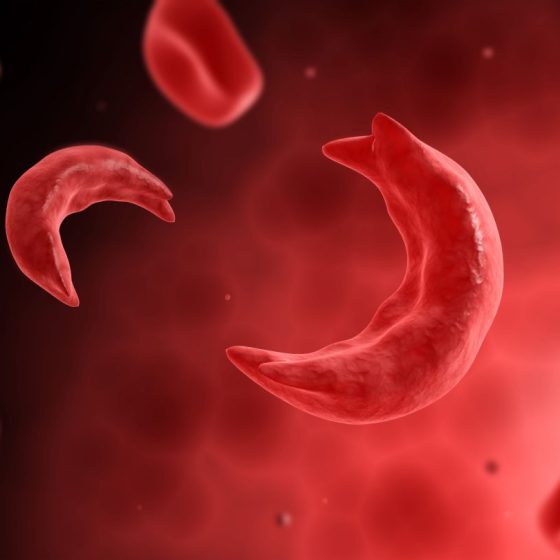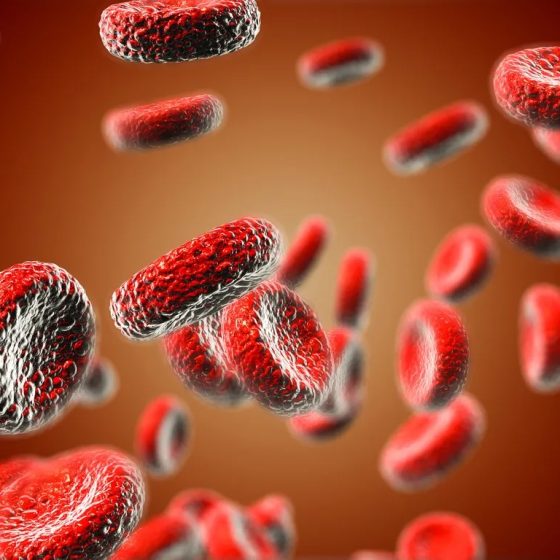Sickle cell disease
Introduction Sickle cell disease refers to a group of conditions that are characterised by inheritance of sickle haemoglobin. Sickle cell disease (SCD) is one of the most common inherited disorders. It is caused by inheritance of an abnormal beta globin gene, which leads to sickle haemoglobin. It is classified as one of the haemoglobinopathies. Haemoglobinopathies Haemoglobinopathies refer to a group of genetic diseases that affect the structure of haemoglobin. They can be broadly divided into two types: Haemoglobin variants: mutant forms of haemoglobin that affect its structure. Sickle cell disease is the most recognised. Thalassaemia: reduced or absent globin chain production due


